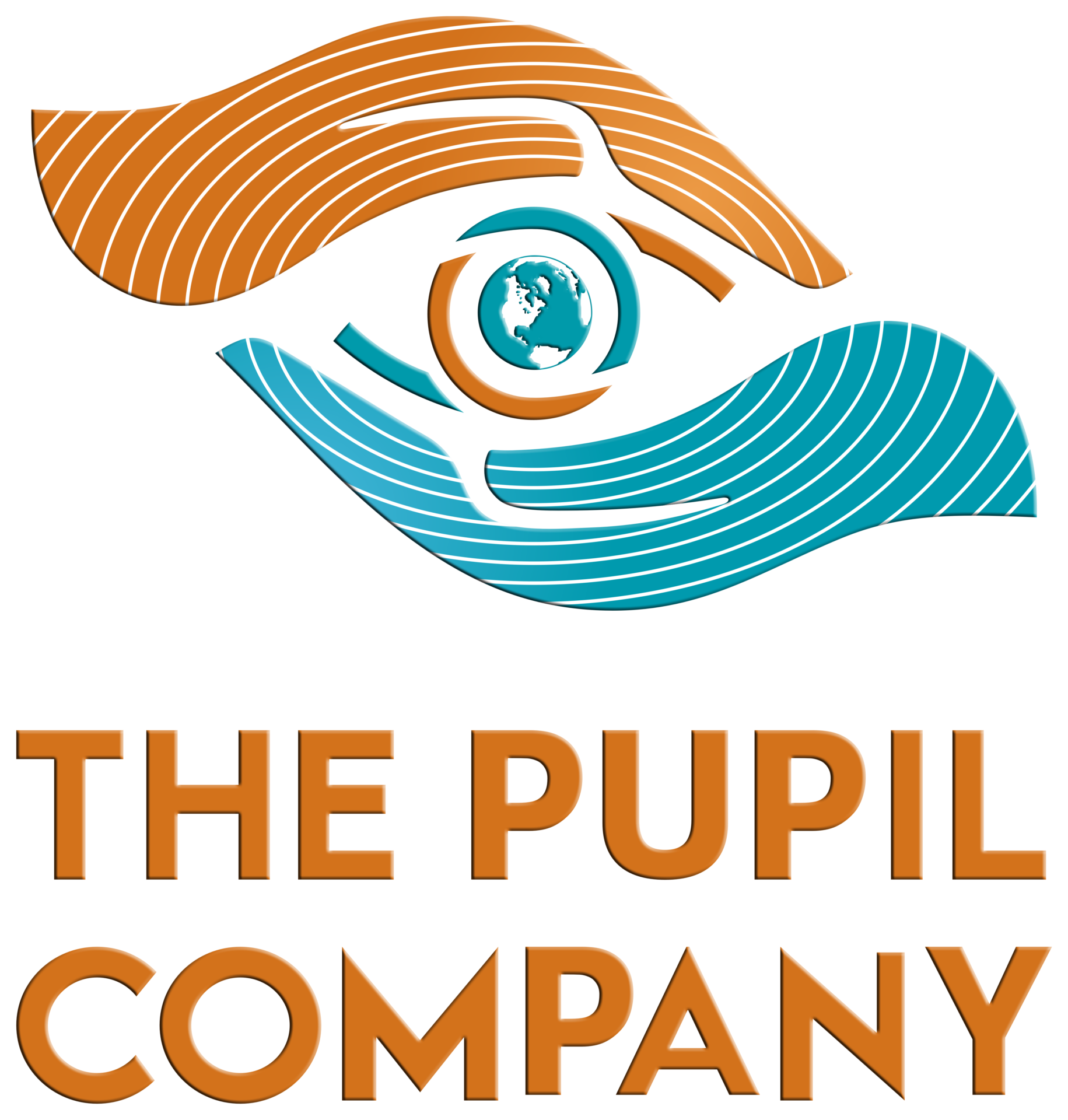Creating learning objectives is like setting the GPS before a road trip—without clear directions, you’ll end up lost, no matter how great the journey starts. Bloom’s Taxonomy provides a map that helps instructional designers move from basic recall to deep understanding and application. When used properly, it transforms vague goals into concrete, measurable outcomes that learners can carry with them long after the training ends.
At its core, Bloom’s Taxonomy breaks learning into layers, starting with remembering and moving through understanding, applying, analyzing, evaluating, and creating. Each layer builds on the one before, much like climbing a staircase. You can’t ask learners to analyze a concept if they haven’t first understood the basics. The beauty of Bloom’s is that it gives you a scaffold to ensure that learning objectives aren’t too vague or too ambitious. For example, if you’re training a new employee, your first objective might focus on recall—having them remember a set of procedures. From there, you can guide them into applying those procedures in real-world situations.
The real magic happens when you move beyond basic recall and start aiming for higher levels of the taxonomy. This is where learners go from passive receivers of information to active participants in their learning. Objectives that focus on analysis, evaluation, and creation encourage learners to think critically, solve problems, and innovate. Instead of simply regurgitating facts, they’re tasked with making decisions and applying their knowledge in new and meaningful ways. This is where retention truly takes hold because learners are connecting with the material on a deeper level, not just memorizing for the sake of passing a test.
Bloom’s Taxonomy also serves as a reality check for trainers and instructional designers. It forces you to think through what you actually want your learners to achieve. Instead of vague goals like “understand” or “know,” you’ll find yourself writing objectives like “analyze market trends” or “create a project plan.” These are measurable, actionable, and, most importantly, they align with what learners will actually need to do on the job. The taxonomy provides a framework to ensure that your learning objectives aren’t just academic exercises but practical tools that lead to real-world success.
For corporate trainers, the key to using Bloom’s Taxonomy effectively is to start with the end in mind. Think about what you want learners to be able to do by the end of the course, then reverse-engineer your objectives from there. If you need them to create, first make sure they can analyze and evaluate. If they need to apply a concept, ensure they understand it thoroughly. By following this layered approach, you’re not just delivering content; you’re building a foundation that ensures learners leave with skills that stick.
